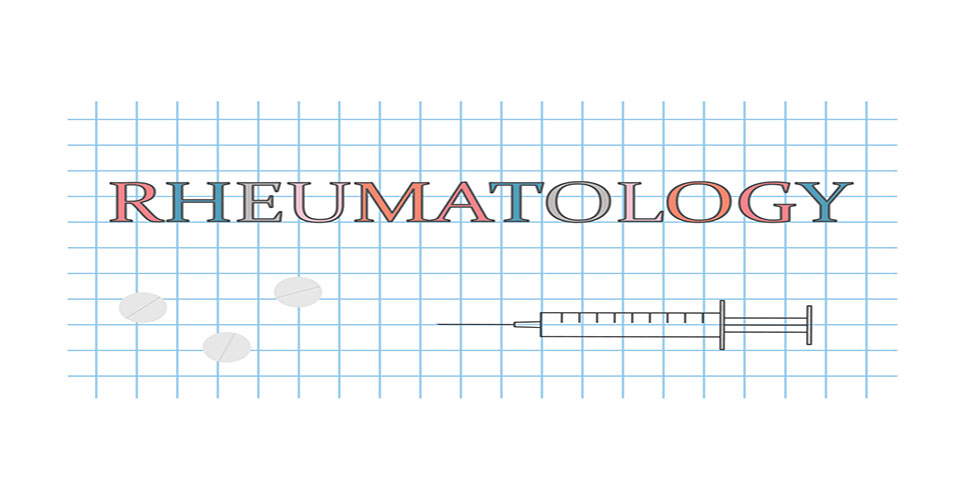teaser
Novartis announced today that the US Food and Drug Administration (FDA) has approved Ilaris® (canakinumab) for the treatment of active systemic juvenile idiopathic arthritis (SJIA) in patients aged two years and older.
Ilaris is the first interleukin-1 beta (IL-1 beta) inhibitor approved for SJIA and the only treatment approved specifically for SJIA that is given as a once-monthly subcutaneous injection.[1]
SJIA is a rare and disabling form of childhood arthritis characterised by spiking fever, rash and arthritis that can affect children as young as two years old and can continue into adulthood.[2,3]
This approval was based on two Phase III trials in SJIA patients, aged 2–19, showing significant improvement in the majority of Ilaris-treated patients.[1] Study 1 showed that 84% of patients treated with one subcutaneous dose of Ilaris achieved the primary endpoint of the adapted paediatric American College of Rheumatology 30 (ACR30), compared to 10% achievement of ACR30 for placebo at Day 15.[1]
In the open-label part of Study 2, 92 of 128 patients attempted ‘corticosteroid tapering’. Of those 92 patients, 62% were able to substantially reduce their use of corticosteroids, and 46% completely discontinued corticosteroids.[1] In the controlled portion of Study 2, there was a 64% relative reduction in the risk of flare for patients in the Ilaris group as compared to those in the placebo group (hazard ratio of 0.36; 95% CI: 0.17 to 0.75).
“In the US, this approval marks the second Ilaris indication for patients living with rare, autoinflammatory conditions,” said Timothy Wright, MD, Global Head of Development, Novartis Pharmaceuticals. “We are committed to studying Ilaris in other IL-1 beta mediated inflammatory diseases, including several rare diseases for which treatment options do not currently exist.”
SJIA affects 5–15 children per 100,000 in the US, and is the most severe subtype of juvenile idiopathic arthritis.[3–5] Although the disease can be life-threatening, treatment options are limited. Corticosteroids are often used to treat symptoms and pain despite their long term use being associated with potentially serious adverse effects, including Cushing syndrome, growth suppression and osteoporosis.[1,6,7]
Ilaris is being investigated in a number of rare autoinflammatory conditions, including Tumor Necrosis Factor Receptor-Associated Periodic Syndrome (TRAPS), colchicine-resistant Familial Mediterranean Fever (FMF) and Hyper IgD Syndrome (HIDS).
Ilaris is considered an investigational agent for these conditions at this point in time. As such, the role that Ilaris could play in treating these conditions and potential benefit to patients is still being determined.
About the Pivotal Phase III Studies
Study 1, a 4-week, randomised, double-blind, placebo-controlled study, involved 84 patients between the ages of two and 19 years with active SJIA.[1,2] Patients were treated with either a single subcutaneous dose of Ilaris (4mg/kg, up to 300mg) (n=43) or placebo (n=41).[1] The primary endpoint was the proportion of patients achieving the adapted paediatric American College of Rheumatology (ACR) 30 response criteria and resolution of fever from baseline at Day 15.[1] This means that patients had at least a 30% improvement in systemic and arthritic symptoms versus baseline. The study met its primary endpoint.
Study 2, a two-part study, had an open-label, single-arm active treatment in Part I followed by a randomised, double-blind, placebo-controlled, event-driven withdrawal design in Part II.[1] A total of 177 patients between the ages of two and 19 years with active SJIA were enrolled in the study.[1] Some of these patients had previously participated in the Study 1. In Part I, patients received a subcutaneous dose of Ilaris (4mg/kg, up to 300 mg) every four weeks.[1] The primary endpoint of Part I was to assess whether treatment with Ilaris allowed successful tapering of corticosteroids in at least 25% of SJIA patients who entered the study using a corticosteroid.
In Part II of the study, patients were randomised to either continue receiving Ilaris, or to receive placebo every four weeks (‘placebo-after-Ilaris group’), until a pre-specified number (37) of flare-events (“‘flares’) had occurred.[1] The primary endpoint of Part II was to demonstrate that the time to flare was longer with Ilaris than with placebo.
The primary endpoints for Study 1 and Study 2 were all met.
References:
- Ilaris [prescribing information]. East Hanover, NJ: Novartis Pharmaceuticals Corp; 2013.
- Woo P. Systemic juvenile idiopathic arthritis: diagnosis, management, and outcome. Nat Clin Pract Rheumatol 2006; 2(1):28-34.
- Ramanan AV, Grom AA. Does systemic-onset juvenile idiopathic arthritis belong under juvenile idiopathic arthritis? Rheumatology (Oxford) 2005; 44(11):1350-3.
- Beukelman T, Patkar NM, Saag KG, et al. 2011 American College of Rheumatology Recommendations for the Treatment of Juvenile Idiopathic Arthritis: Initiation and Safety Monitoring of Therapeutic Agents for the Treatment of Arthritis and Systemic Features. Arthritis Care & Research 2011; 63(4):465-482.
- Dewitt EM, Kimura Y, Beukelman T, et al. Consensus Treatment Plans for New-Onset Systemic Juvenile Idiopathic Arthritis. Arthritis Care & Research 2012; 64(7):1001-1010.
- U.S. National Library of Medicine (NLM), National Institutes of Health (NIH). Cushing Syndrome. Available at: http://www.nlm.nih.gov/medlineplus/ency/article/000389.htm. Last accessed: 12/12/12.
- Teitelbaum SL,Seton MP, Saag KG. Should Bisphosphonates be Used for Long-Term Treatment of Glucocorticoid-Induced Osteoporosis? Arthritis Rheum. 2011 February 63(2): 325-328. doi:10.1002/art.30135.

